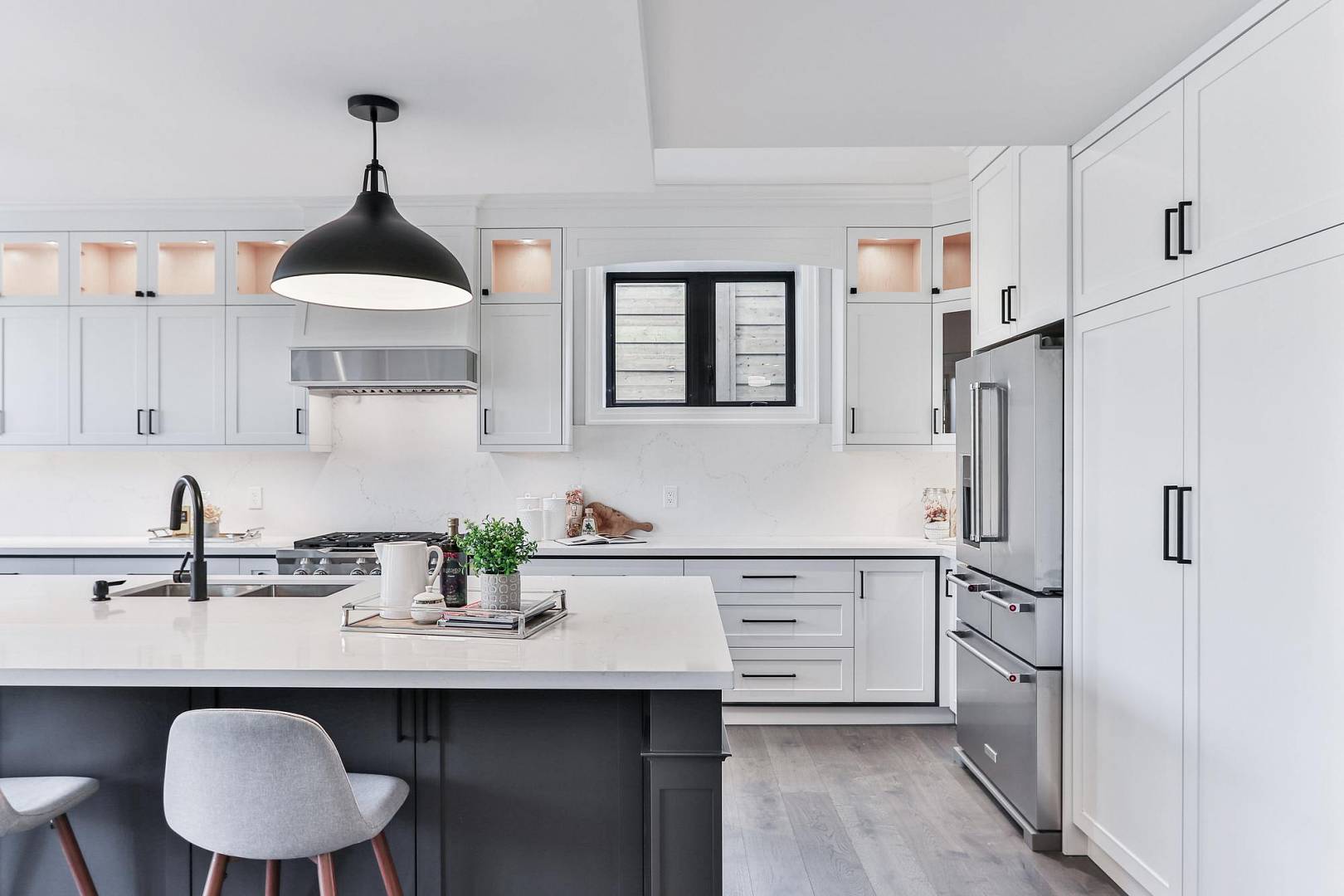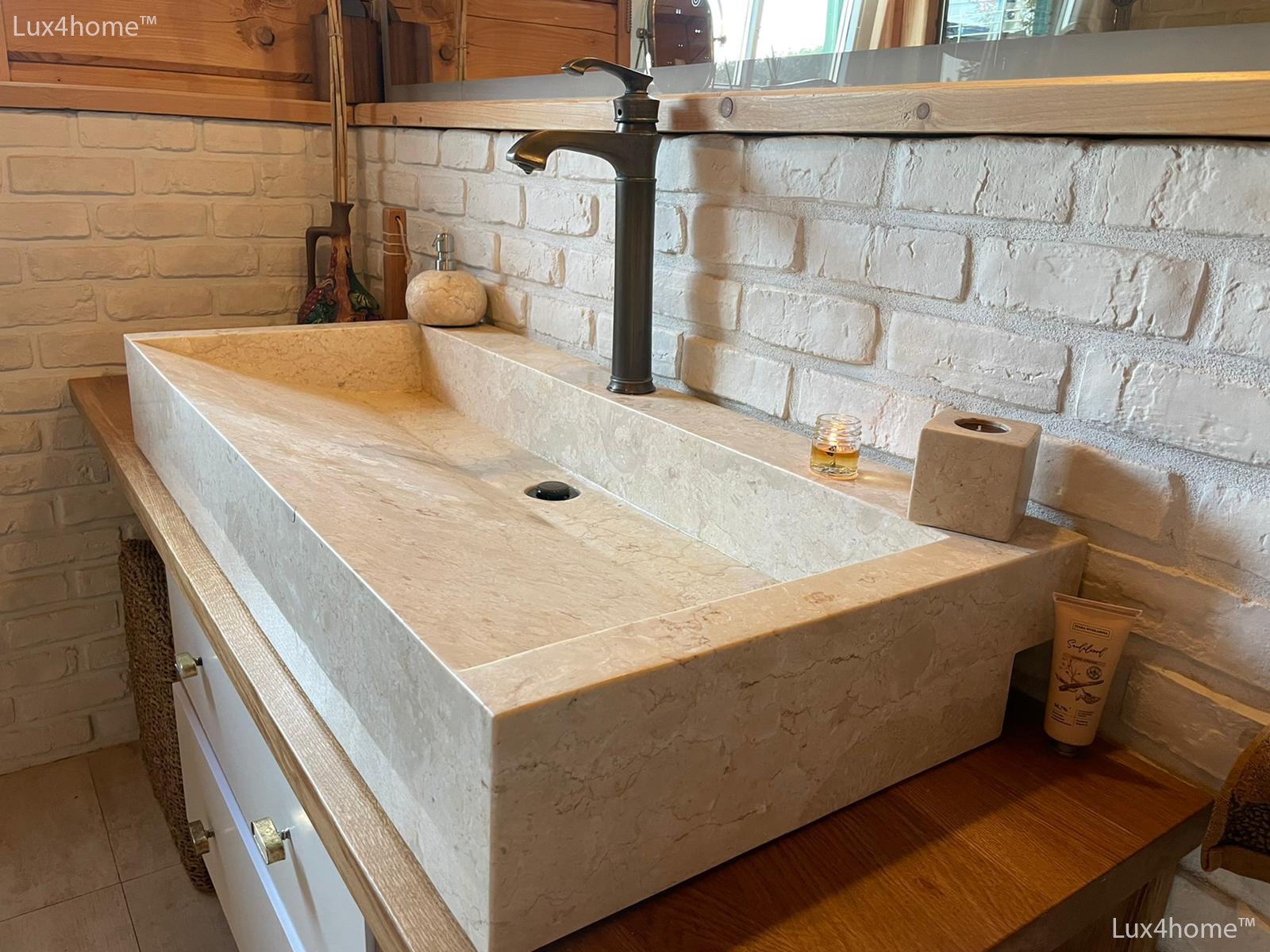In recent years, kitchen islands have become an increasingly popular addition to modern homes. These versatile features not only provide an additional workspace for cooking and food preparation, but they can also serve as a central gathering point for family and friends. In this article, we will explore the benefits of owning a kitchen island, including fashionable styles, recommended sizes, and the different types of islands to choose from. We will also discuss whether it’s possible to order a kitchen island from Ikea.
Fashionable Styles with a Kitchen Island
One of the main benefits of owning a kitchen island is the wide variety of styles and designs that are available. Whether you prefer a traditional or modern aesthetic, there is a kitchen island to suit your tastes. Some popular options include islands with rustic wooden countertops, sleek stainless steel finishes, or even stone or marble surfaces.
In addition to the materials used, there are also many different shapes and sizes to choose from. Some islands are designed to fit snugly into a corner of the kitchen, while others are larger and more central, designed to be the focal point of the room. Some islands are even designed with built-in seating, allowing family and friends to gather around the island while the chef prepares a meal.
Recommended Size for a Kitchen Island
While the size of your kitchen island will depend on your specific needs and preferences, there are some general guidelines that can help you choose the right size for your space. As a general rule of thumb, it’s recommended that your kitchen island be at least 3 feet wide and 5 feet long. This will provide enough space for food preparation and cooking, as well as storage for kitchen tools and appliances.
If you have a larger kitchen, you may be able to incorporate a larger island into your design. However, if your kitchen is on the smaller side, you may need to choose a more compact island or even forgo one altogether.
To determine the ideal size for your kitchen island, consider the layout of your kitchen, the amount of available space, and your own personal needs and preferences.
Choosing a Kitchen Island with a Cooktop and Sink
One of the most popular features of a kitchen island is the option to install a cooktop and sink directly into the island itself. This can provide a convenient and functional workspace for food preparation, as well as a central location for cooking and cleaning.
If you choose to include a cooktop and sink in your kitchen island, it’s important to ensure that the island is large enough to accommodate both features. You’ll also need to consider ventilation and plumbing requirements, as well as the location of your island in relation to the rest of your kitchen.
If you don’t have the space or budget for a large kitchen island with a cooktop and sink, there are still many smaller options available. For example, a compact island with a single burner cooktop and a small sink can still provide valuable additional workspace and storage.
Ordering a Kitchen Island from Ikea:
If you’re considering a kitchen island for your home, you may be wondering whether it’s possible to order one from Ikea. The answer is yes! Ikea offers a wide range of kitchen islands in a variety of styles and sizes, making it easy to find the perfect island to suit your needs.
When ordering a kitchen island from Ikea, you’ll be able to choose from a variety of materials, including wood, stainless steel, and more. You’ll also be able to customize your island with additional features, such as drawers, cabinets, and built-in seating.
Kitchen fronts for kitchen island
When designing a kitchen island, it’s important to consider not only the size and shape of the island itself, but also the style and material of the kitchen fronts. The kitchen fronts are the doors and drawer faces that cover the cabinets and storage areas of the island, and they can have a significant impact on the overall look and feel of the kitchen.
When choosing kitchen fronts for a kitchen island, it’s important to consider the style and design of the rest of the kitchen as well as the surrounding space. Since a kitchen island is often a central element in an open-plan living space, it’s important to choose fronts that will complement the overall style of the room.
For example, if your living room has a modern, minimalist design, you may want to choose kitchen fronts with clean lines and a simple, understated look. Alternatively, if your living room has a more traditional or rustic feel, you may want to choose fronts made from natural materials such as wood or stone.
Another important consideration when choosing kitchen fronts for a kitchen island is the color and finish of the material. If your living room has a neutral color palette, you may want to choose kitchen fronts that match or complement the colors of the room. On the other hand, if your living room has bold, bright colors, you may want to choose kitchen fronts that provide a contrast or accent to the room.
In addition to the style and color of the fronts, it’s also important to consider the material and finish of the kitchen island itself. If the island is made from a natural material such as wood or stone, you may want to choose fronts that have a similar look and feel. Alternatively, if the island has a more modern or industrial design, you may want to choose fronts made from sleek, glossy materials such as glass or metal.
Conclusion
Overall, choosing the right kitchen fronts for a kitchen island can be a fun and creative process that allows you to customize your space and create a cohesive look throughout your home. By considering the style, color, and material of the fronts as well as the design of the island itself, you can create a functional and stylish kitchen island that complements the rest of your living space.




